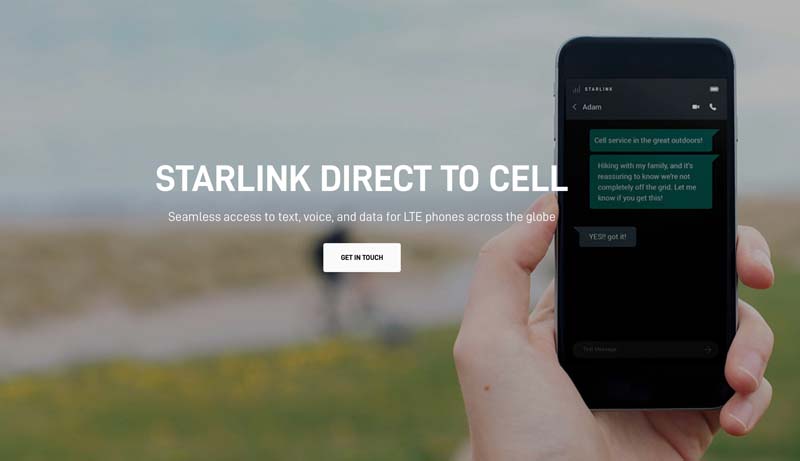SpaceX Starlink reached a significant milestone today as SpaceX successfully deployed its first commercial constellation of Starlink Direct to Cell satellites, marking a transformative moment in global telecommunications. The launch added 12 specialized satellites to an expanding network that promises to eliminate mobile dead zones worldwide.
The latest deployment brings the total count to over 320 Direct to Cell satellites, establishing a robust framework for universal mobile coverage. This breakthrough enables users to maintain connections for texting, calling, and browsing across remote landscapes, from desolate terrains to coastal waters, using their existing LTE devices.
SpaceX’s Direct to Cell service has already secured partnerships with major telecommunications providers worldwide. T-Mobile leads the charge in the United States, while international carriers including Japan’s KDDI, Australia’s Optus, and Canada’s Rogers have joined the initiative. These collaborations demonstrate the global appeal of Starlink’s innovative approach to connectivity.

What sets Starlink Direct to Cell apart is its seamless integration with current technology. Users won’t need to upgrade their phones or install specialized applications – the service works with existing LTE devices wherever there’s a clear view of the sky. This approach eliminates traditional barriers to adoption and democratizes access to reliable communications.
The commercial rollout is scheduled for the first half of 2025, with initial services focusing on basic connectivity needs. The platform will support not only personal communications but also IoT devices operating on common LTE standards, opening new possibilities for remote monitoring and automation.
In a compelling demonstration of the technology’s capabilities, SpaceX’s Direct to Cell team conducted a video call over the 𝕏 platform using their satellite network. This practical showcase highlighted the system’s ability to deliver clear, reliable communication services directly through existing mobile devices, proving the technology’s readiness for commercial deployment.
This advancement represents more than just technical achievement – it’s a fundamental shift in how we approach global connectivity. Remote workers, adventure seekers, and emergency responders will soon have reliable communications tools in previously inaccessible locations.
Related Post
SpaceX Starlink Direct to Cell Service: Five Launches Away from Revolutionary Mobile Connectivity
SpaceX Tests Starlink Direct to Cell in New Zealand: What You Need to Know
